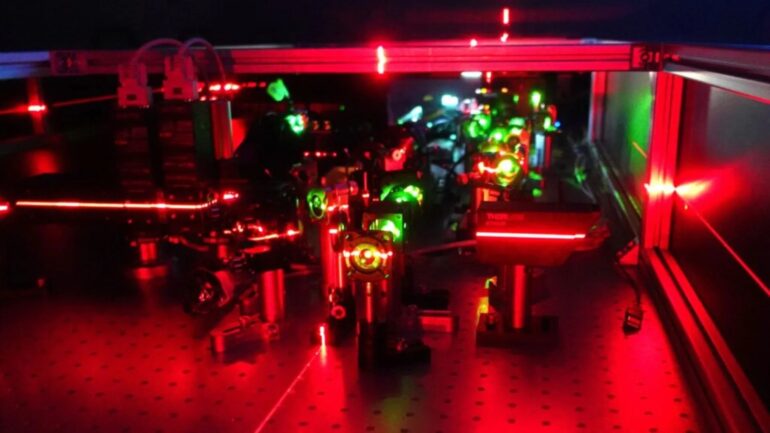Nuclear fusion, the process of generating energy by combining atomic nuclei, has long been hailed as the “power of the stars.” Offering clean, safe, and virtually limitless power, fusion energy holds immense potential as the energy source of the future. However, achieving controlled nuclear fusion on Earth has proven to be a formidable challenge due to the complexities of confining the scorching hot plasma.
Nuclear Fusion: The Tokamak Approach
According to scientists, tokamaks are among the most promising approaches to achieving controlled nuclear fusion. These devices leverage magnetic fields to confine hot plasma in the shape of a donut, making them a crucial component in the quest for sustainable fusion energy.
Table of Contents
Tokamak Energy’s Laser-Based Breakthrough
Nuclear fusion has taken a significant stride forward with Tokamak Energy’s development of a new laser measurement technology. Based in Oxford, the company claims that this cutting-edge innovation will transform future fusion power plants and the delivery of clean energy to the grid by enabling precise control over the extreme conditions within these facilities.
Nuclear Fusion: Stabilizing the Plasma
Inside the donut-shaped vacuum chambers of tokamaks, where fusion reactions occur, plasma temperatures soar to over 100 million degrees Celsius. Stabilizing this scorching plasma is crucial to maintaining fusion conditions. Tokamak Energy’s new laser-based dispersion interferometer system will measure the density of the hydrogen fuel within the plasma, facilitating the sustenance of fusion reactions and ensuring reliable energy delivery to the grid.
As Dr. Tadas Pyragius, a plasma physicist at Tokamak Energy, explains, “Measuring plasma density is key to our understanding and control of the fusion fuel and efficient future power plant operations.” The laser beam, when fired through the plasma, interacts with the electrons, providing invaluable insights into the density of the fuel – a critical factor in sustaining fusion conditions and delivering secure and reliable energy to the grid.
Nuclear Fusion: Pushing Boundaries
Tokamak Energy is currently testing the new laser-based dispersion interferometer system at its Oxford headquarters, with plans to install it on its fusion machine ST40 later this year. The ST40 has already achieved remarkable milestones, becoming the first privately owned fusion machine to reach a plasma ion temperature of 100 million degrees Celsius and boasting the highest triple product achieved by a private company – a measure dependent on plasma density, temperature, and confinement, all crucial parameters for commercial fusion viability.
With a series of hardware upgrades, including new power supplies and diagnostic systems, the ST40 is poised to further refine plasma scenarios and deepen the understanding of the fusion process. Moreover, Tokamak Energy has commissioned a Thomson scattering laser diagnostic to provide detailed readings of plasma temperature and density, further bolstering its pursuit of commercial fusion energy delivery in the 2030s.

